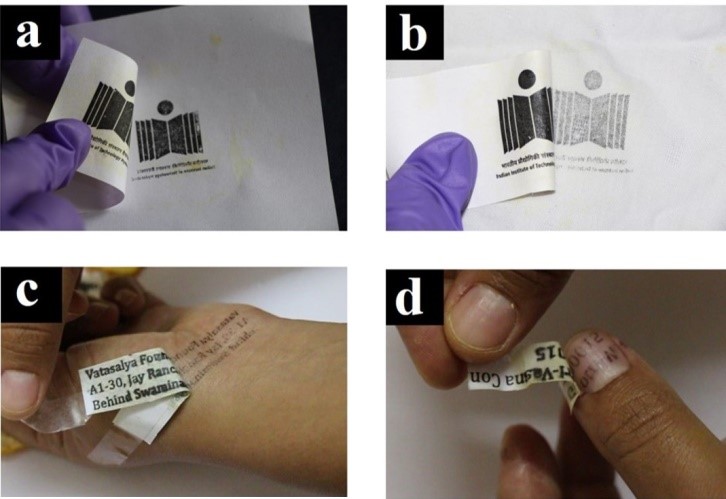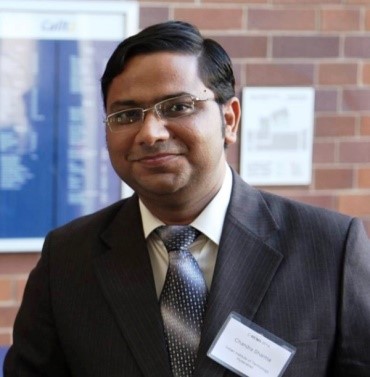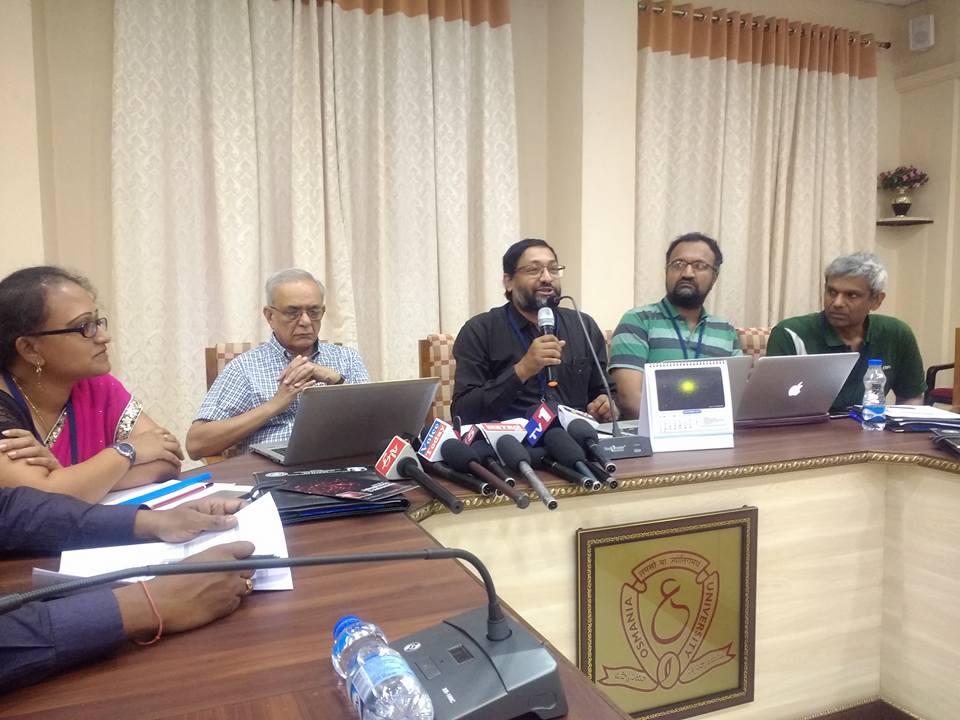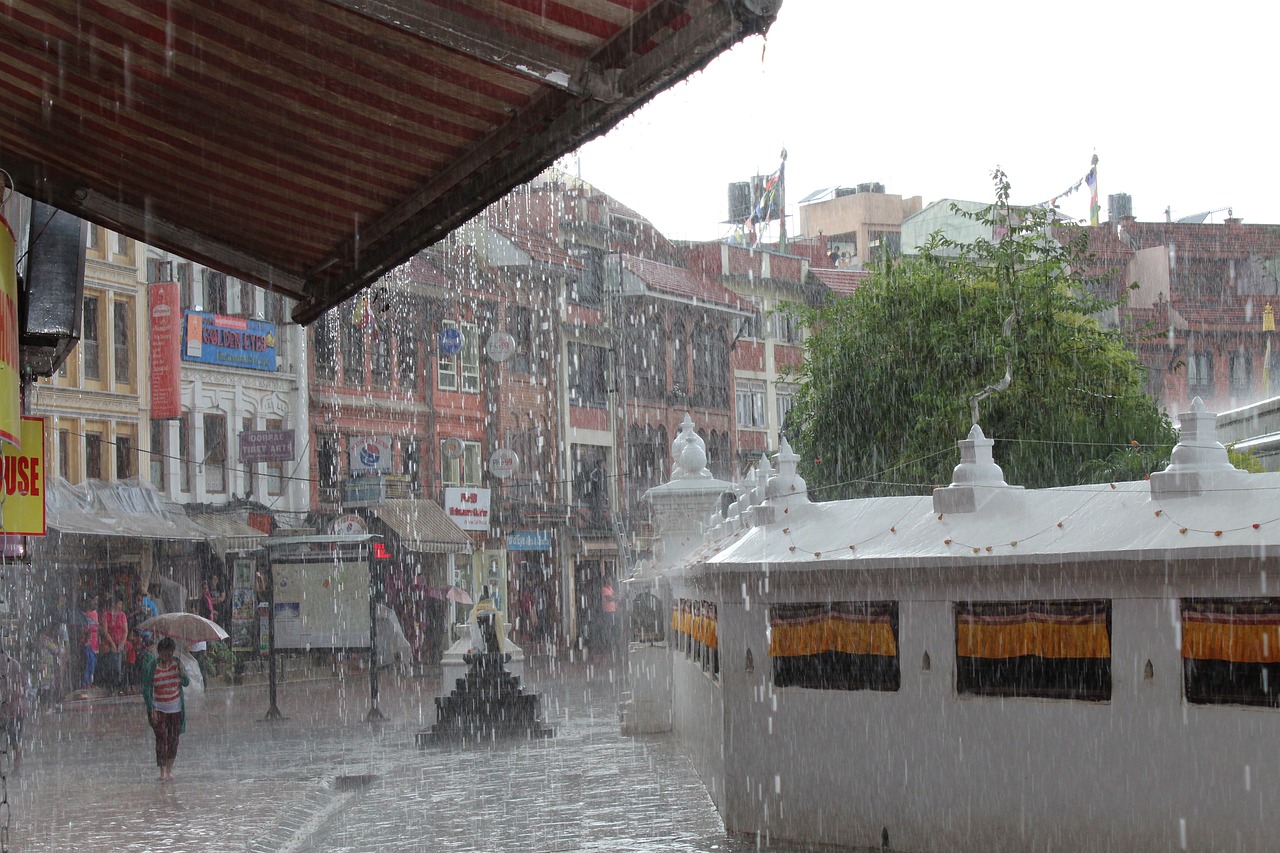
Scientists Find New Use for Orange Peel from Printing Tattoos and Oil Cleaning
- News
- 3.4K
Researchers at the Indian Institute of Hyderabad (IIT) Hyderabad have developed novel methods to recycle citrus peel waste more efficiently. Peel of citrus fruits, after extraction of fruit juice, has no commercial value. Peel extracts can be used to make a few specialty chemicals like limonene, but the process to do so is highly energy intensive and unviable.

Print transfer on various surfaces using citrus peel extract
The researchers at IIT have developed multiple ways to use citrus peel extract directly. For instance, the pure extract can be used for recycling polystyrene waste. It is a non-biodegradable waste but its life can be extended after recycling, and recycled polystyrene waste-based ultrathin fibers polystyrene fabric can be used for cleaning oil spills at the household level as well as for large oil spills in industrial units or water bodies. It can also be used as a flexible insulator in building construction. Additionally, this fabric can be further converted into yarns for textile applications.

Chandra Shekhar Sharma
According to researchers, the presence of limonene compound in the citrus peel is responsible for polystyrene fabric formation. Another use of citrus peel extract is for print transfer. Print transfer technique is basically used to directly transfer any pattern from one surface to another. The same can be applied to make artificial tattoos on human skin, as nail arts or even for printing various objects made up of wood, mica, paper, clothes, glass etc.

Shital Yadav
Once this citrus peel extract is allowed to sediment under gravity, it forms three layers. The top layer (oil type) can be further used again for polystyrene recycling while the second layer is nothing but cellulose particles which can be converted into carbon material upon heating in an inert atmosphere and thus can be used as an electrode for Lithium-ion batteries. The bottom, a water-like layer can be used as a natural solvent for biopolymers like gelatin, which, in turn, can be used to make nanofibers.
The research team has incubated a start-up company to commercialize the innovative processes. “We are in discussion with investors to develop small-scale machines that can recycle polystyrene waste using citrus peel extract as the point of generation of waste itself.
We also plan to develop the market for kitchen towels and napkins for cleaning oil spills” Prof. Chandra Shekhar Sharma told India Science Wire. A pilot-scale machine has already been developed with funding from the Department of Science and Technology (DST).
Prof Sharma, along with colleague Shital Yadav, has published results of the research in journal Polymer Bulletin and also filed for patents. (India Science Wire)
By Yogesh Sharma
Journal Article
Novel and green processes for citrus peel extract: a natural solvent to source of carbon
For the latest Science, Tech news and conversations, follow Research Stash on Twitter, Facebook, and subscribe to our YouTube channel


